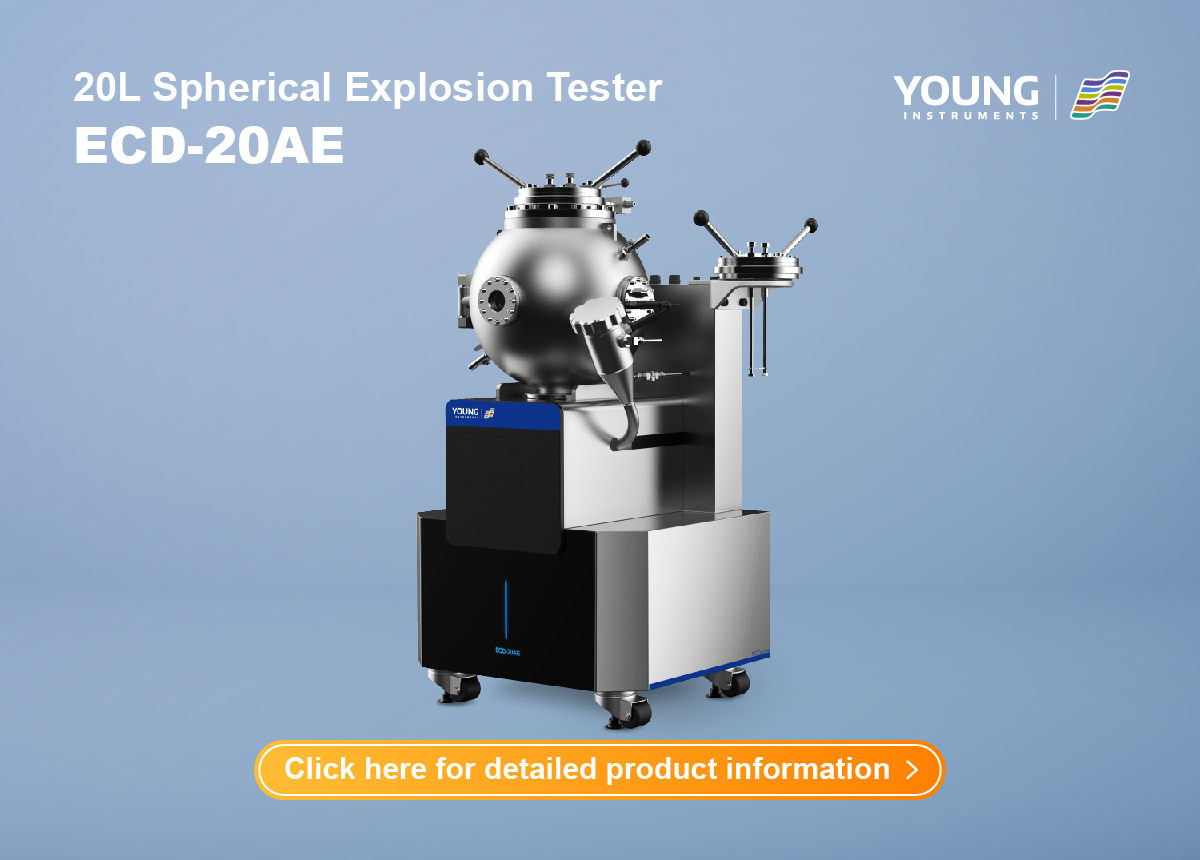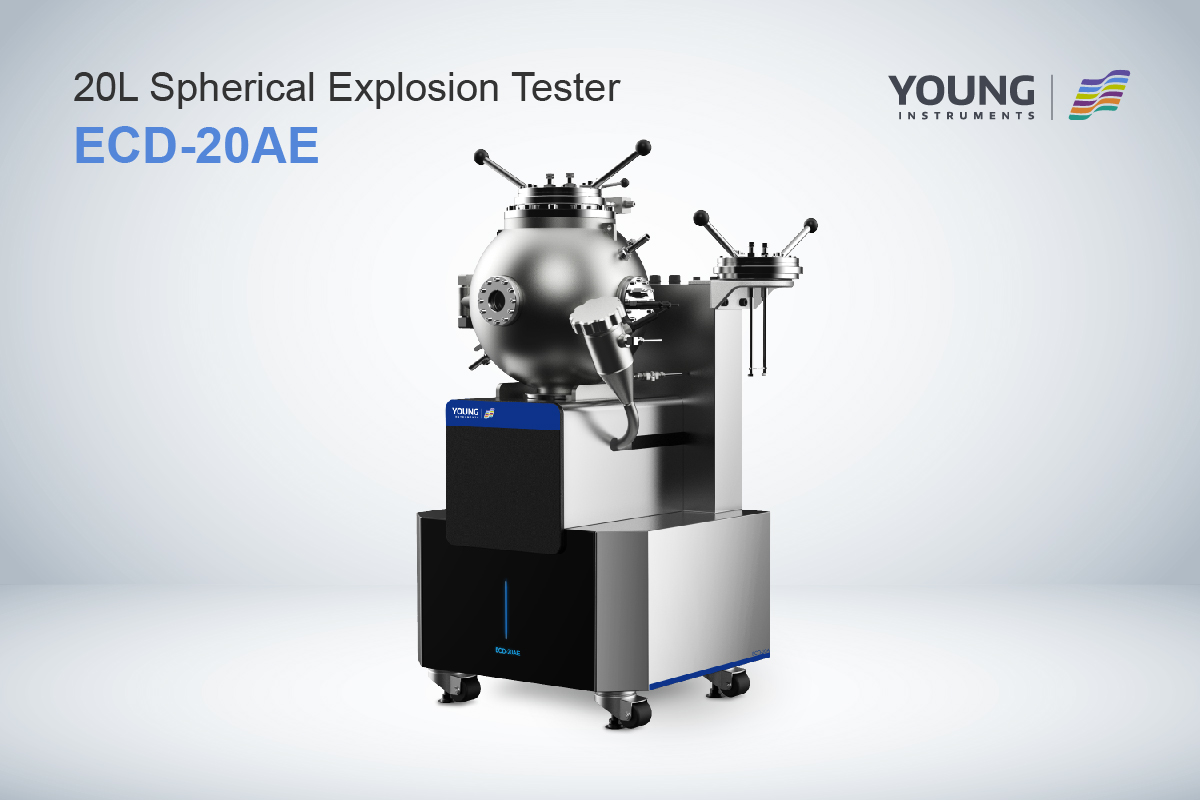Maximum Explosion Pressure: Understanding the Basics
Maximum Explosion Pressure (Pmax) is a critical parameter in the design of equipment and facilities that handle combustible dust and gases. It represents the highest pressure that can be generated by an explosion in a vessel or container. Knowing this value is essential for designing explosion protection systems that can withstand the maximum pressure generated during an explosion event.
Pmax is typically measured using a Hartmann apparatus, which is a specialized device that simulates an explosion by igniting a dust cloud in a closed vessel. The pressure generated during the explosion is recorded, and the maximum pressure is determined. The value of Pmax is used in conjunction with other explosion parameters, such as the Maximum Rate of Pressure Rise (dP/dtmax) and the Deflagration Index (Kst), to design explosion protection systems that can prevent or mitigate the effects of an explosion.
Understanding the concept of Pmax is crucial for anyone involved in the handling, processing, or storage of combustible dust and gases. By designing effective explosion protection systems, you can reduce the risk of catastrophic explosions that can cause injury, loss of life, and significant damage to equipment and facilities.
Fundamentals of Explosion Pressure
Definition of Maximum Explosion Pressure
Maximum Explosion Pressure (Pmax) is the highest pressure generated during a dust explosion inside a closed vessel. It is a critical parameter in assessing the potential damage that an explosion can cause to the equipment and personnel in the vicinity. Pmax is measured in MegaPascals (MPa) and is determined by conducting explosion severity tests using standardized methods such as the Hartmann bomb test.
Determinants of Explosion Magnitude
The magnitude of an explosion is dependent on various factors such as the type and quantity of the combustible material, the concentration of the combustible dust in the air, the size of the enclosed space, and the level of confinement. The pressure generated during an explosion is directly proportional to the amount of energy released by the combustion process. Therefore, the higher the amount of combustible material and the more confined the space, the higher the explosion pressure.
Other factors that can influence the magnitude of an explosion include the particle size of the combustible dust, the moisture content of the dust, and the presence of static electricity or other ignition sources. The moisture content of the dust can affect its combustibility, while the size of the dust particles can affect their ability to disperse in the air and form an explosive cloud.
Understanding the fundamentals of explosion pressure is crucial in designing and implementing effective explosion protection measures. By knowing the determinants of explosion magnitude, you can take steps to mitigate the risks associated with combustible dust and ensure the safety of your personnel and equipment.
Measurement Techniques
When it comes to measuring Maximum Explosion Pressure, two main techniques are used: Static Methods and Dynamic Methods.
Static Methods
Static Methods are used to measure the maximum explosion pressure of dust clouds. The basic principle behind this method is to ignite a dust cloud in a closed vessel and measure the maximum pressure that is generated. The test is usually carried out in a 20-liter sphere apparatus, which is filled with the dust to be tested. The dust is then ignited, and the pressure generated is measured using a pressure transducer. This method is suitable for measuring the maximum explosion pressure of dust clouds.
Dynamic Methods
Dynamic Methods are used to measure the maximum explosion pressure of gases and vapors. The basic principle behind this method is to ignite a mixture of gas or vapor and air in a closed vessel and measure the maximum pressure that is generated. The test is usually carried out in a 20-liter sphere apparatus, which is filled with the gas or vapor to be tested. The gas or vapor is then ignited, and the pressure generated is measured using a pressure transducer. This method is suitable for measuring the maximum explosion pressure of gases and vapors.
In conclusion, the measurement of Maximum Explosion Pressure is crucial in ensuring the safety of industrial processes that involve the handling of flammable materials. By using the appropriate measurement techniques, it is possible to accurately determine the maximum explosion pressure of dust clouds, gases, and vapors, and take appropriate measures to prevent accidents and ensure the safety of personnel and equipment.
Safety Standards and Regulations
When it comes to Maximum Explosion Pressure, there are several safety standards and regulations that industries must comply with to ensure the safety of their workers and equipment. In this section, we will discuss the two most important aspects of these regulations: Industry Compliance and Safety Thresholds.
Industry Compliance
There are several regulatory agencies that oversee the compliance of industries with safety standards related to Maximum Explosion Pressure. The most notable of these agencies is the Department of Defense Explosives Safety Board (DDESB), which publishes the Defense Explosives Safety Regulation (DESR) 6055.09. This regulation provides guidance and standards for the safe handling, storage, transportation, and disposal of explosives and chemical agents.
Another important agency is the Occupational Safety and Health Administration (OSHA), which has specific regulations related to combustible dust hazards. OSHA’s Combustible Dust National Emphasis Program (NEP) provides guidance to its Compliance Safety and Health Officers (CSHOs) to evaluate combustible dust hazards and abatement methods.
Safety Thresholds
To ensure the safety of workers and equipment, there are specific safety thresholds that industries must adhere to when dealing with Maximum Explosion Pressure. The pressure ratio, which is the ratio of the maximum explosion pressure to the initial pressure in the vessel, is a key metric used to determine the safety thresholds.
According to ASTM E1226, the pressure ratio should not exceed 2.0 for most industrial processes. However, for processes that involve hazardous materials or high-risk operations, the pressure ratio must be kept below 1.5. Additionally, OSHA has established specific safety thresholds for combustible dust hazards, which are based on the physical characteristics of the dust and the potential for ignition.
Overall, compliance with safety standards and regulations related to Maximum Explosion Pressure is crucial for ensuring the safety of workers and equipment. By adhering to these regulations and safety thresholds, industries can minimize the risk of explosions and protect their workers and equipment from harm.
Mitigation Strategies
In order to prevent dust explosions from occurring, there are several preventive measures that can be taken. These measures include:
Preventive Measures
- Conducting regular maintenance on equipment to ensure it is in proper working order.
- Implementing a housekeeping program to minimize the accumulation of dust.
- Conducting regular inspections to identify and correct potential ignition sources.
- Using explosion-proof electrical equipment in hazardous areas.
- Providing proper training to employees on the hazards associated with combustible dust.
In addition to preventive measures, control and suppression systems can be implemented to mitigate the effects of a dust explosion. These systems include:
Control and Suppression Systems
- Explosion venting: This involves the installation of vents on equipment that will open in the event of an explosion, allowing the pressure to be released and preventing the equipment from rupturing.
- Explosion suppression: This involves the use of sensors that detect the pressure wave of an explosion and trigger the release of a suppressant, such as water or foam, to extinguish the explosion.
- Isolation: This involves the use of valves or other devices to isolate an area of the process where an explosion may occur, preventing it from spreading to other areas.
It is important to note that while these mitigation strategies can minimize the risk of a dust explosion, they do not completely eliminate the risk. Therefore, it is important to implement a comprehensive dust explosion prevention program that includes both preventive measures and control and suppression systems.
Case Studies
Historical Incidents
There have been numerous incidents that have led to catastrophic explosions due to the buildup of Maximum Explosion Pressure. One such incident occurred in 1947 in Texas City, where a ship carrying ammonium nitrate exploded, causing a chain reaction of explosions in nearby ships and warehouses. The explosion killed over 500 people and injured thousands more. This incident led to the development of safety regulations for the transportation and storage of hazardous materials.
Another incident occurred in 1984 in Bhopal, India, where a pesticide plant leaked a toxic gas, leading to the deaths of thousands of people. The explosion was caused by the buildup of Maximum Explosion Pressure in the storage tanks due to a faulty cooling system. This incident led to the development of stricter safety regulations for the handling and storage of hazardous chemicals.
Lessons Learned
These incidents highlight the importance of proper safety measures and regulations when dealing with hazardous materials. It is crucial to monitor and control the buildup of Maximum Explosion Pressure in storage tanks and other containers. Safety measures such as explosion vents, pressure relief valves, and fire suppression systems can help prevent catastrophic explosions.
Regular maintenance and inspection of equipment and facilities can also help detect and prevent potential hazards. Proper training and education of employees on safety protocols and procedures can also go a long way in preventing accidents and ensuring a safe working environment.
In conclusion, the incidents discussed above serve as a reminder of the importance of safety measures and regulations when dealing with hazardous materials. By implementing proper safety protocols and procedures, we can prevent catastrophic explosions and ensure the safety of employees and the surrounding community.








































